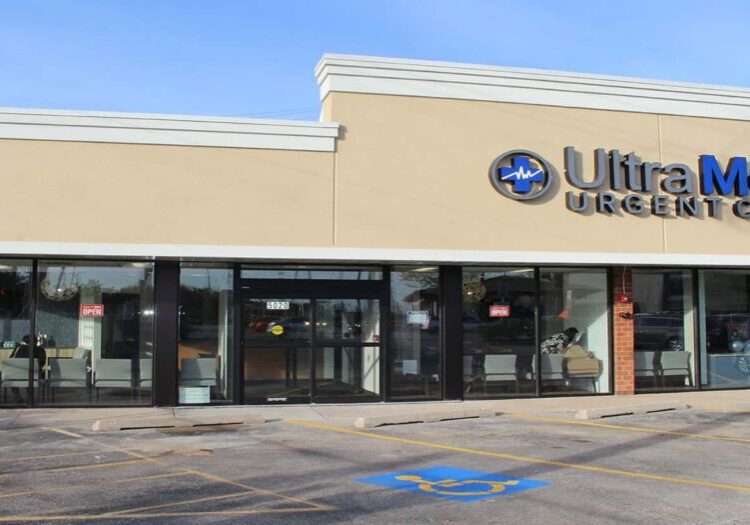
The design of your dental office is instrumental in shaping patients’ experience and perception of your practice. Good design builds an image that reinforces the core values and differentiators of your practice, and it can improve efficiency and productivity. If you are considering a remodel, this is the perfect time to think about the right design for you.
Brainstorming – Consider your philosophy and key selling points, then choose a style that reinforces this.
For example, are you cutting edge? Then a modern, futuristic office design will subliminally underscore your expertise. If your niche is pain-free dentistry, you might want to create a soothing, spa-like setting or an office that feels very homey.
For inspiration, look at past winners of the annual Dental Office Design Competition view here.
Space Planning – Think about bottlenecks and speed bumps in your current layout. Effective use of your space can minimize wasted steps and repetitive motion. Plus efficient traffic flow and intelligent positioning of storage, imaging and other functions help everyone work better. You and your staff will find your office more enjoyable and productive, and patients will be more relaxed when the space is easier to navigate.
Practicality – When you think about materials and furnishings, you’ll of course consider cost, but think beyond the initial outlay. Durability is important as well as aesthetics. For example, think about floor covering that will look fresh after heavy traffic. Operatory countertops should stand up to repeated exposure to whatever disinfectants or chemical agents might be used.
Visual Appeal and Comfort – Good design helps create a positive mood in your office. Choose seating for the waiting area that’s comfortable, and offer a few different options because people come in all sizes and individual tastes vary. Nooks that offer shy patients more privacy can be comforting. And an area designed for kids will decrease frustration and be popular with everyone.
Sound is a powerful mood enhancer too. White noise elements such as fountains can help improve confidentiality of patient communication and mask the sound of instruments.
Last but not least, pick decorative elements that add visual interest and personality. These can be dramatic – like the use of rock and stone, or large-scale art – but can also be simple and inexpensive. Think about fun patient or staff photos, colorful posters and eclectic wall displays that include art and objects.
